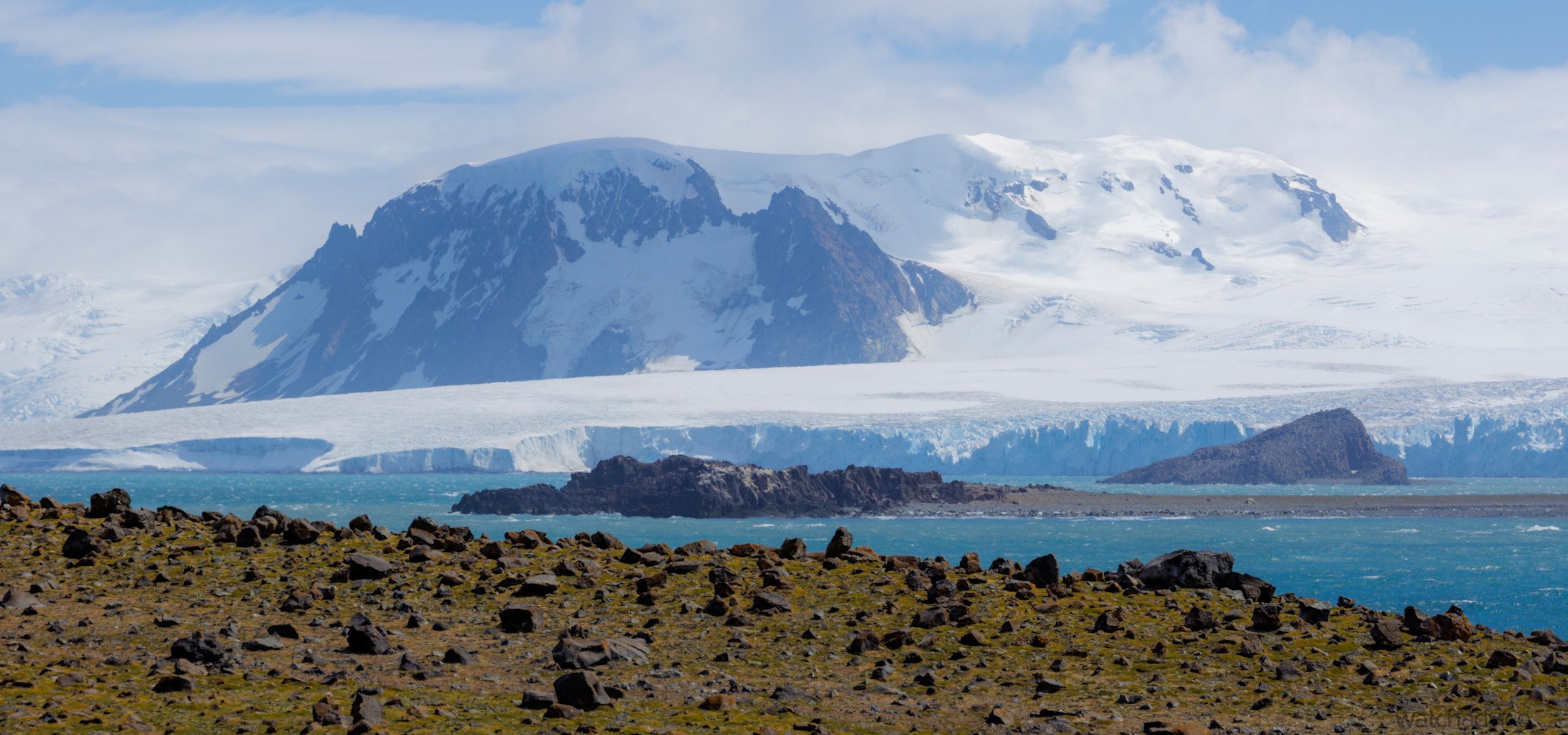The ocean may be vast, but it’s not invincible. These Perpetual Planet Expeditions are a global call to action: to understand, protect, and preserve our blue planet before it’s too late.
Early last month, Rolex and National Geographic announced a new two-year series of expeditions to one of the most least understood environments on the planet: the ocean. From the sandy seashores to the sea beds of the ocean, the goal of these expeditions is to “document the least studied parts of the ocean and the rapid changes it is facing, to define the implications for people and wildlife that depend on it, and to catalyse solutions.” The expeditions will be carried out by an international team of National Geographic Explorers and multidisciplinary scientists.
The Rolex National Geographic Perpetual Planet Expeditions first started in 2019, when Rolex and National Geographic partnered together to explore the planet’s most vulnerable environments. This partnership brought world-renowned scientific experts alongside cutting-edge technology to reveal new insights about the impacts of climate change that are vital to life on Earth.
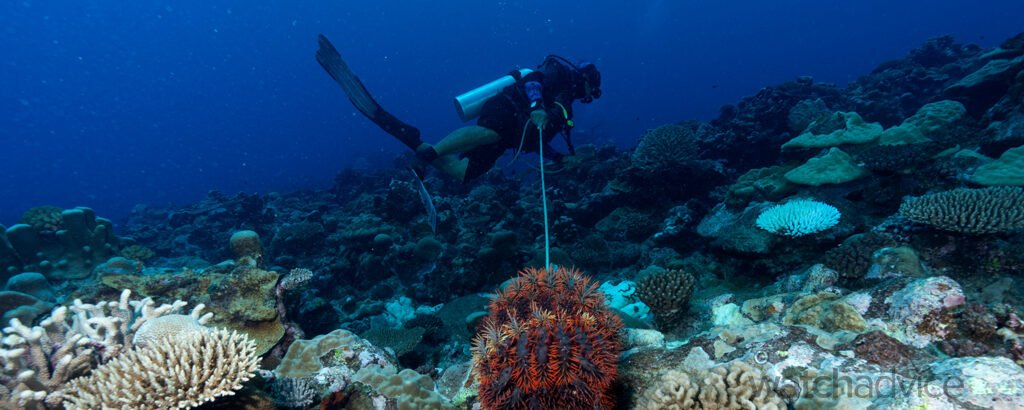
©Kaitlyn Van De Woestyne / National Geographic.
One of the very first Perpetual Planet Expeditions that was carried out was the climb of Mount Everest in 2019. Led by National Geographic and Tribhuvan University, the Everest expedition team went out to better understand the effects of climate change on the glaciers of the Hindu Kush-Himalaya. These glaciers would provide critical water resources to one billion people downstream, showcasing the importance of the expedition. Rolex states that “The team installed a network of five weather stations, including what was then the world’s highest, just short of the summit of Everest. Studies were conducted on the region’s biology, geology, and glaciology, which led to the publication of a number of scientific papers.”
Several other expeditions were carried out after, with glaciologist Alison Criscitiello and geologist Rebecca Haspel climbing Canada’s Mount Logan (the second-highest mountain in North America) in 2021 to install a weather station, and a team of National Geographic Explorers installing a weather station at the summit of Tupungato Volcano in the Southern Andes in 2021 as well. Between 2022 and 2024, Rolex and National Geographic launched a series of scientific studies, spanning the entire Amazon River basin from the Andes to the Atlantic. A team of scientists, storytellers, and local community members studied the region’s hydrological cycle and the critical role that the river’s seasonal flooding plays in access to freshwater and the survival of communities and wildlife.
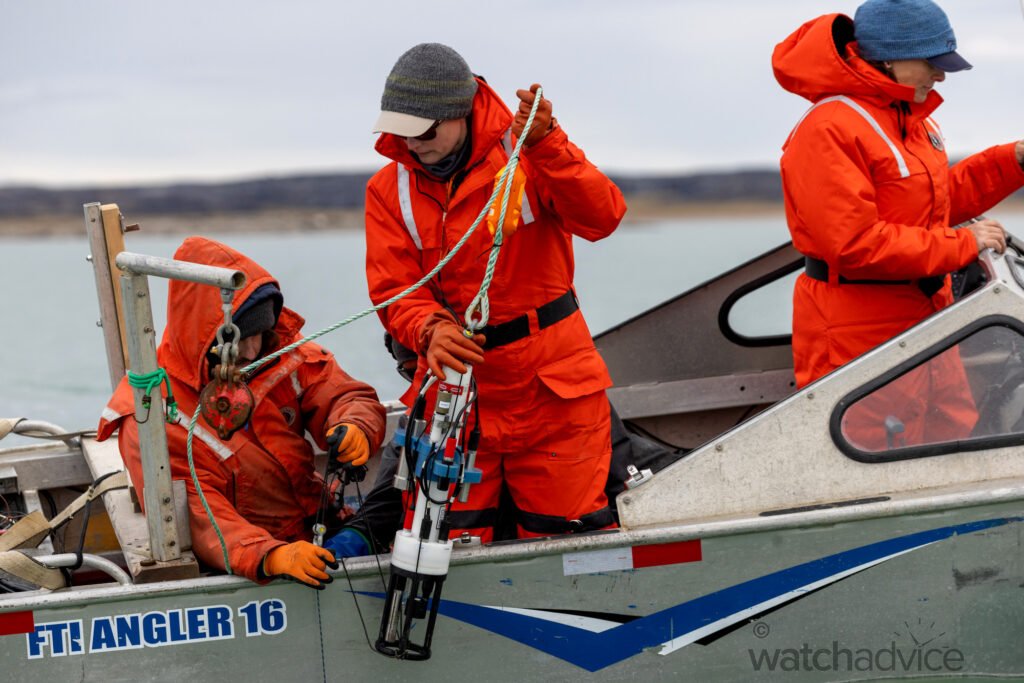
©Kaitlyn Van De Woestyne / National Geographic.
The first project of the 2025 Perpetual Planet Expedition will take place in the Arctic Ocean’s Sherman Basin, with the team of scientists and explorers aiming to understand its unique bio abundance and climate resilience. Working alongside the Gjoa Haven community, the Perpetual Planet Expedition team will use oceanography and traditional ecological knowledge to develop a plan for Arctic communities to sustain food security.
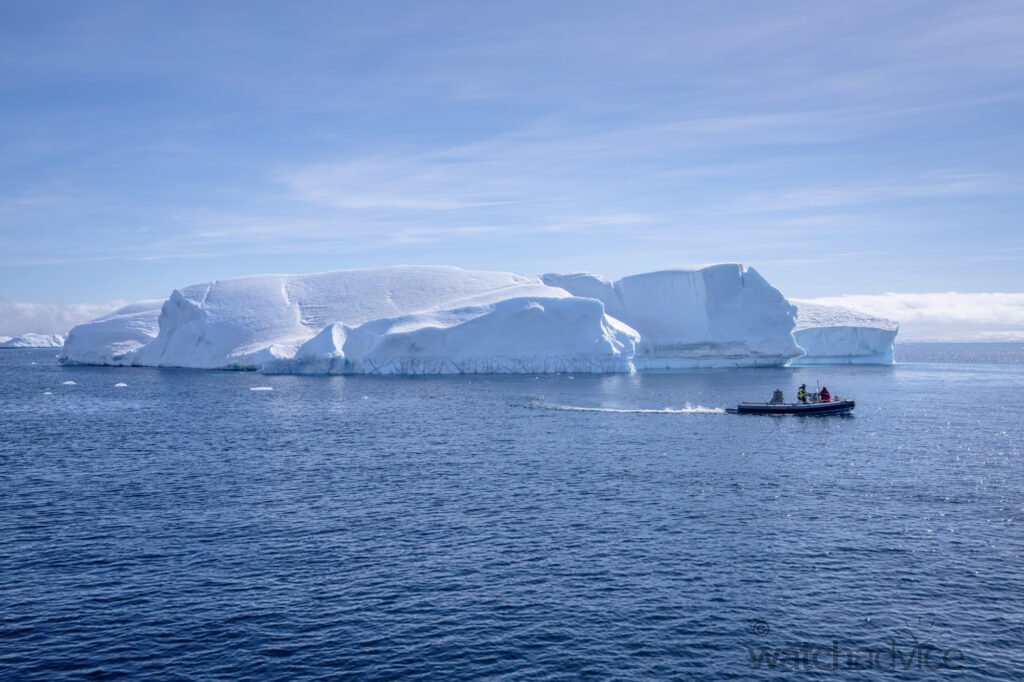
An expedition team has also travelled to the depths of the Southern Ocean to conduct a comprehensive scientific examination to deepen the understanding of the ecosystem. Rolex states, “The expedition was conducted in collaboration with the Schmidt Ocean Institute, which provided National Geographic Explorers the opportunity to leverage the state-of-the-art tools and capabilities of the 110-meter global ocean-class R/V Falkor (too) during its maiden voyage to the Southern Ocean.”
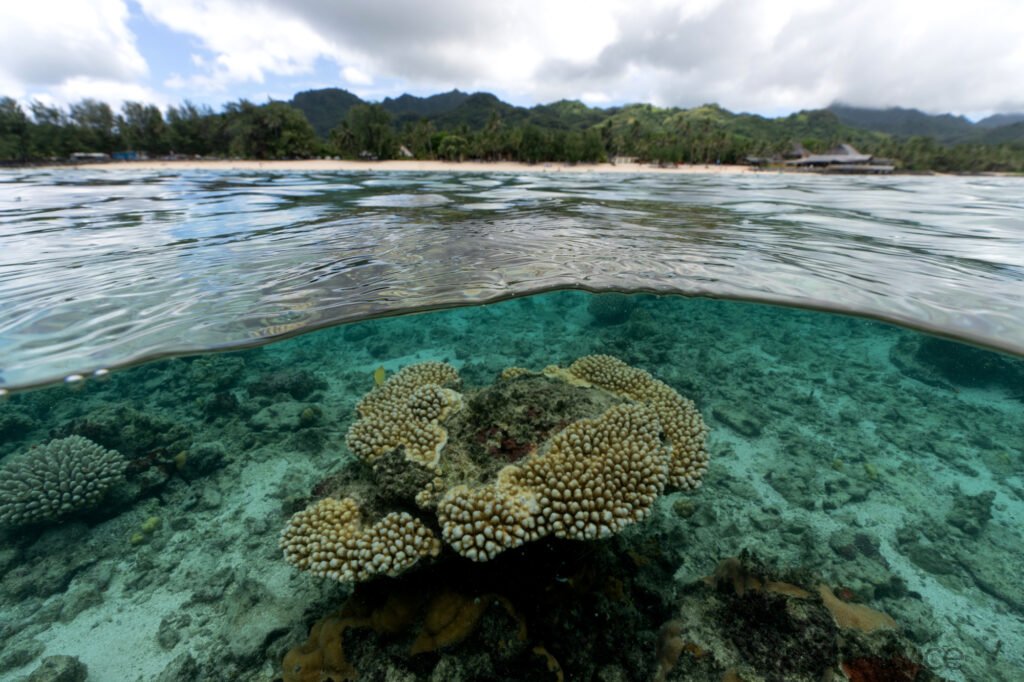
©Giacomo d’Orlando / National Geographic.
The Perpetual Planet Expeditions will also take place in the Indian Ocean. This will be the first time a locally led deep ocean expedition will take place in Seychelles, with a National Geographic Explorer and a local collaborator working alongside the local fishing community to help protect the area’s biodiverse and fishing grounds. In the Pacific Ocean, the Perpetual Planet Expedition Explorers will “help inform the restoration of coral reefs in Rarotonga, by developing innovative methods to boost corals’ tolerance to warming sea temperatures.”
In the Atlantic Ocean, however, the Explorers will hope to collect the first oceanographic data on the waters spanning the Gambian coastline. With the sea levels constantly rising and the saltwater encroaching on the River Delta, it is destroying the agricultural land, leading to the coastal communities of Bintang Bolong in Gambia suffering. Rolex states, “Explorers will travel to the mouth of the Gambia River to study the mangroves and their role in supporting biodiversity and food security in the region, and providing protection against the impacts of sea level rise for coastal communities, including the capital city of Banjul.”
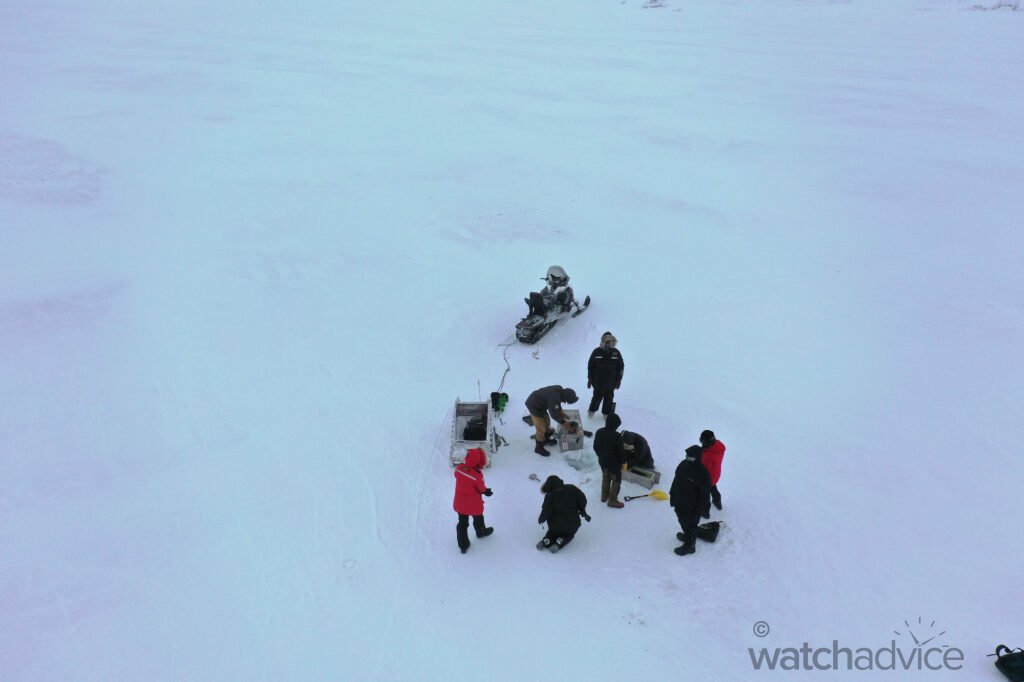
©Kaitlyn Van De Woestyne / National Geographic.
Our oceans may seem vast and indestructible, however they are constantly facing threats. From the rising sea temperatures, habitat destruction, to the lack of protection, it is putting real pressure on marine life, coral ecosystems, and the coastal communities that rely upon them.
This is where Rolex and National Geographic’s Perpetual Planet Initiative comes in to support explorers, scientists, and organisations to safeguard our beautiful oceans. The expeditions set out by the Perpetual Planet Initiative aren’t just about discovery, but more so action. The data and knowledge gained from these expeditions will play a crucial role in shaping how we respond to the planet’s most urgent environmental challenges now, tomorrow, and generations to come.


